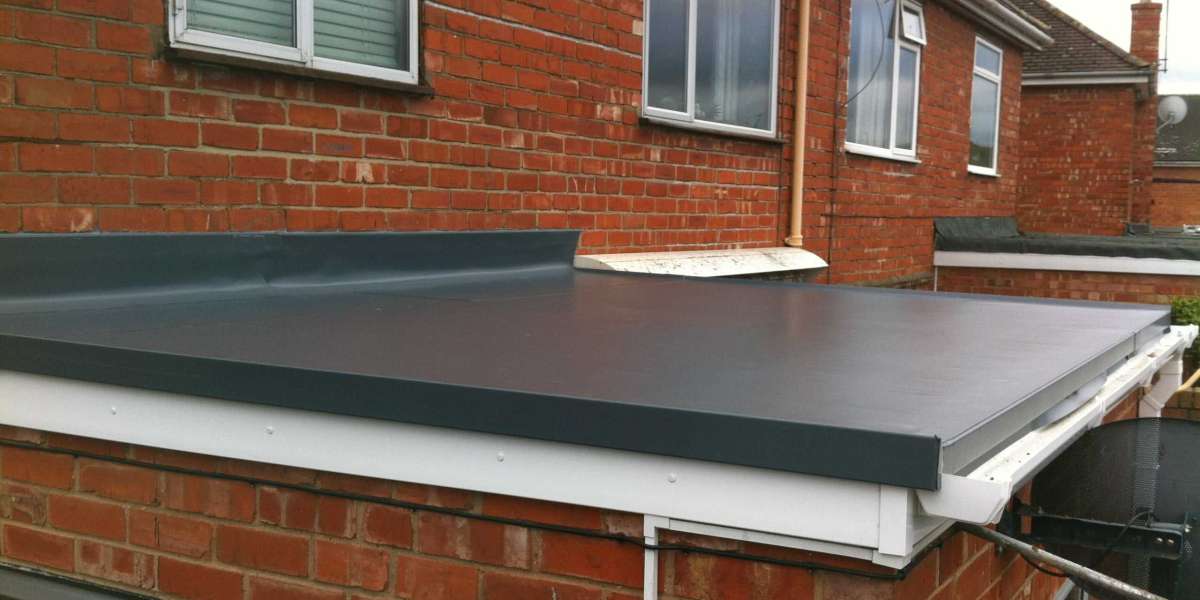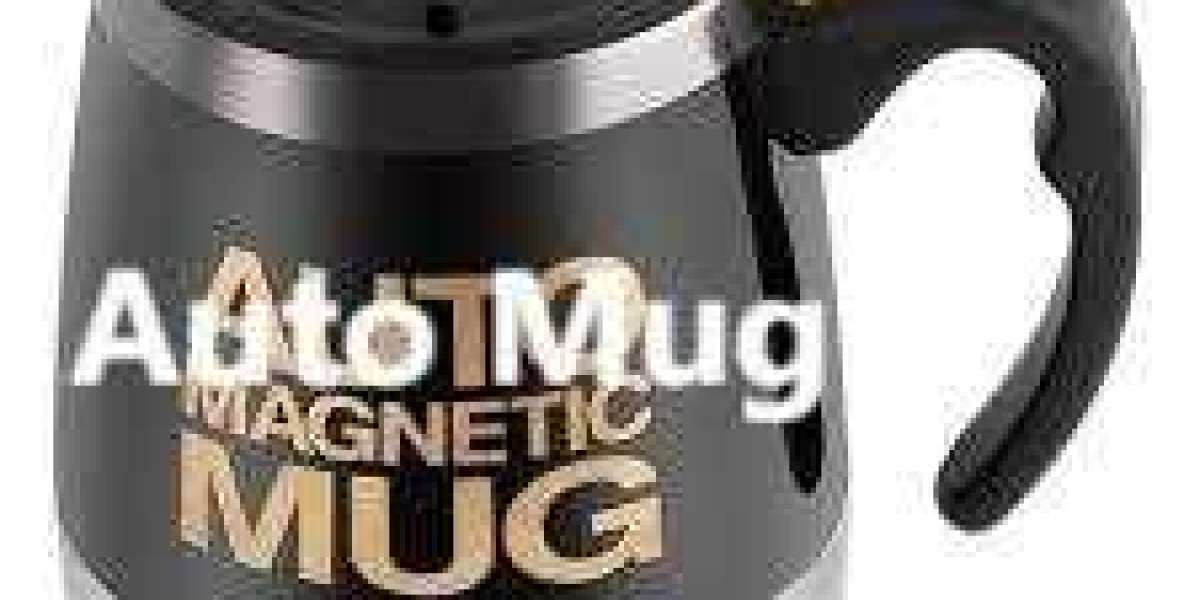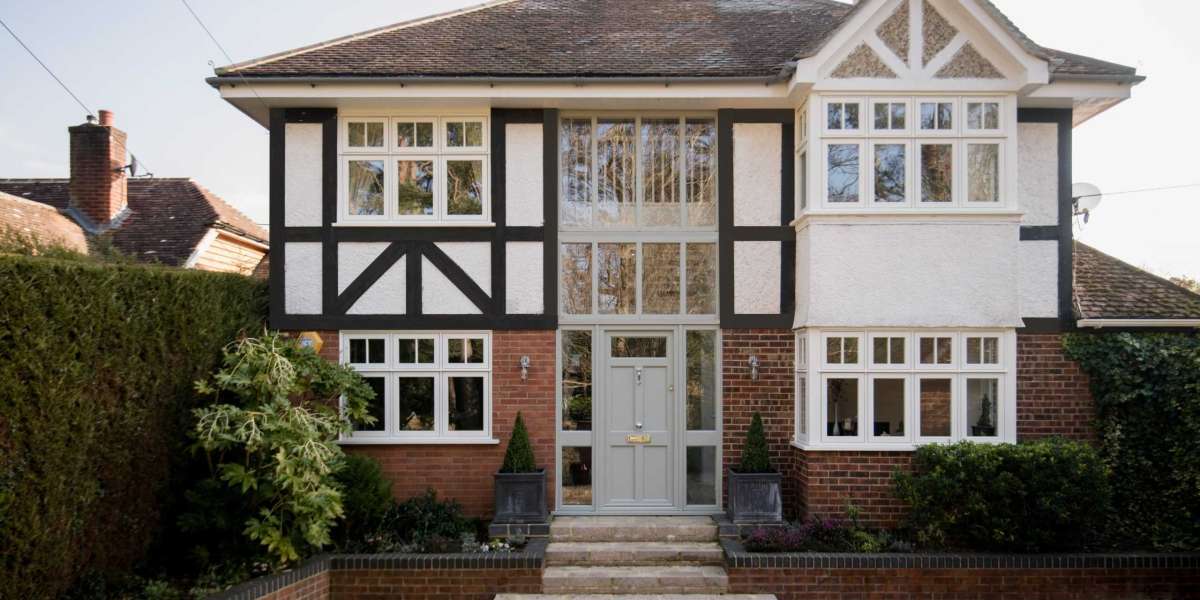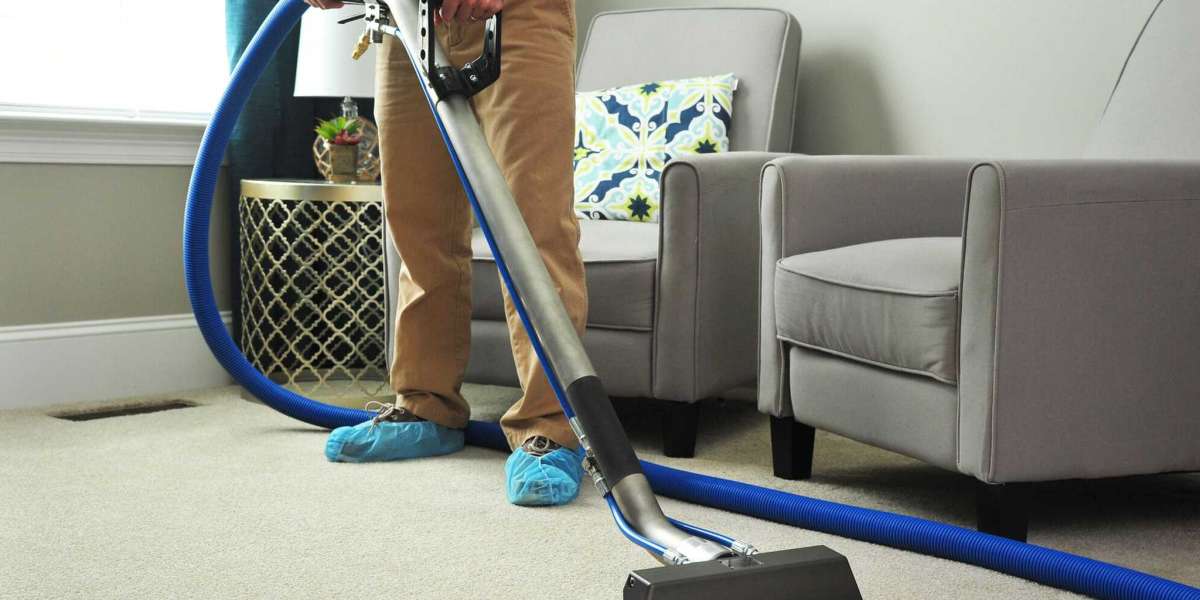Choosing the right insulation for your Kentucky home is one of the most important decisions affecting your comfort, energy bills, and long-term property value. Homeowners throughout Bowling Green, Russellville, and Franklin often find themselves weighing the merits of modern spray foam insulation against traditional options like fiberglass batts or cellulose. At Foam Pro, we believe an informed homeowner makes the best decisions, which is why we've created this comprehensive comparison. Understanding the key differences in performance, installation, and long-term value will help you select the ideal insulation solution for your specific needs and budget.
The insulation choice you make today will impact your home for decades to come. While traditional insulation methods have been used for years, advanced spray foam insulation technologies offer performance benefits that simply weren't available to previous generations of homeowners. Whether you're building a new home in Elkton or upgrading an existing property, this guide will provide the clear, factual information you need to navigate this important decision confidently. We'll explore how each option performs in Kentucky's distinct climate—from our humid summers to occasionally harsh winters—and help you determine which solution delivers the best value for your specific situation.
Understanding Your Insulation Options
Before comparing performance, it's essential to understand what each insulation type brings to your home.
Spray Foam Insulation: The Modern Solution
Spray foam is a two-component liquid that expands into a solid foam, creating both an insulation layer and an air barrier in one application. Available in open-cell (lighter, more flexible) and closed-cell (denser, structural) formulations, it adheres directly to surfaces, filling every gap and crevice for complete coverage.
Fiberglass Batts: The Traditional Standard
Fiberglass insulation consists of fine glass fibers formed into batt-style rolls or pre-cut panels. Installed between studs, joists, and beams, it's the most recognizable insulation type but requires careful installation to avoid gaps and compression that reduce effectiveness.
Cellulose: The Eco-Conscious Alternative
Made primarily from recycled paper products treated with fire retardants, cellulose is typically blown into attics and wall cavities. While offering good coverage in open areas, it can settle over time and requires dense packing to achieve optimal performance.
Key Comparison Factors: How They Stack Up
Several critical factors determine which insulation type will work best for your Kentucky home.
R-Value Performance: The Thermal Efficiency Test
R-value measures insulation's resistance to heat flow, with higher numbers indicating better performance. While fiberglass typically offers R-3.1 to R-4.3 per inch and cellulose provides R-3.2 to R-3.8 per inch, closed-cell spray foam delivers an impressive R-6.0 to R-7.0 per inch—meaning you need less thickness to achieve the same insulation value.
Air Sealing Capabilities: The Hidden Difference
This is where spray foam fundamentally differs from traditional options. Fiberglass and cellulose only slow heat transfer but don't prevent air movement. Spray foam expands to seal every gap, crack, and penetration, reducing air infiltration by up to 50% compared to other insulation types.
Moisture Management: Critical for Kentucky Climates
In our region's humid environment, moisture control is essential. Fiberglass can trap moisture against wood surfaces, potentially causing mold and rot. Cellulose can absorb moisture and become compacted. Closed-cell spray foam acts as a moisture barrier, preventing condensation within walls—a significant advantage for Kentucky homes.
Cost Analysis: Initial Investment vs. Long-Term Value
Understanding the true financial picture requires looking beyond initial installation costs.
Upfront Installation Costs
Fiberglass batts represent the lowest initial cost, typically $0.50-$1.50 per square foot. Cellulose falls in the middle at $1.00-$2.50 per square foot. Spray foam commands the highest initial investment at $1.50-$4.00 per square foot, with closed-cell formulations at the upper end of this range.
Long-Term Energy Savings
While spray foam costs more initially, its superior air-sealing properties typically reduce heating and cooling costs by 30-50% compared to 10-20% for traditional insulation. For an average Kentucky home with $200 monthly energy bills, this translates to annual savings of $720-$1,200 with spray foam versus $240-$480 with traditional options.
Durability and Maintenance Considerations
Fiberglass can sag, settle, or compress over time, reducing effectiveness. Cellulose settles significantly (up to 20%), requiring replenishment. Spray foam maintains its performance indefinitely without settling, degradation, or need for replacement—making it a permanent solution.
Application-Specific Recommendations
Different areas of your home may benefit from different insulation approaches.
Attic Insulation: Maximum Performance Matters
For attics—where up to 40% of home energy loss occurs—spray foam's air-sealing capabilities provide the greatest benefit. Applied to the underside of the roof deck, it creates a conditioned space that reduces ice dams in winter and overheating in summer.
Wall Cavities: Complete Coverage is Critical
In walls, spray foam's expanding nature ensures complete filling around wiring, plumbing, and obstructions where fiberglass batts often leave gaps. This comprehensive coverage prevents thermal bridging through studs.
Basements and Crawl Spaces: Moisture Resistance Wins
Below-grade applications demand moisture resistance, making closed-cell spray foam the superior choice. It insulates while preventing moisture intrusion and won't wick water like fiberglass or promote mold like damp cellulose.
The Kentucky Climate Consideration
Our regional weather patterns significantly influence insulation performance.
Summer Humidity Management
Kentucky's high summer humidity makes air sealing particularly valuable. Spray foam's airtight barrier prevents moist outdoor air from entering walls where it can condense and cause mold—a common problem with traditional insulation in our climate.
Winter Temperature Extremes
During cold snaps, spray foam's high R-value and air-sealing properties work together to maintain comfortable temperatures while reducing heating costs. Traditional insulation's vulnerability to air movement makes it less effective during temperature extremes.
Seasonal Temperature Swings
The dramatic temperature variations between seasons make consistent performance crucial. Spray foam maintains its effectiveness regardless of conditions, while traditional insulation's performance can fluctuate with temperature and humidity changes.
Making the Right Choice for Your Home
Several factors will guide you toward the best insulation solution.
When Spray Foam Makes the Most Sense
Choose spray foam if you prioritize maximum energy efficiency, superior comfort, long-term value, moisture control, or have specific goals like sound reduction or creating a conditioned attic space. It's particularly valuable for new construction or major renovations where the investment can be planned from the beginning.
When Traditional Insulation May Suffice
Fiberglass or cellulose may be adequate for tight budgets, simple attic additions, or situations where air sealing will be addressed separately. However, understand that you'll likely sacrifice some comfort and energy savings compared to spray foam.
The Hybrid Approach: Best of Both Worlds
Some homeowners opt for a strategic combination: spray foam for critical air-sealing areas (rim joists, attic rafters, basement walls) and traditional insulation in less critical spaces. This approach balances performance with budget considerations.
Why Kentucky Homeowners Choose Foam Pro
Our expertise ensures you get the right solution for your specific needs.
Unbiased Recommendations
We provide honest assessments of which insulation type makes the most sense for your project, budget, and goals. We install both spray foam and traditional options, ensuring our advice serves your best interests.
Proper Installation Expertise
Regardless of which insulation you choose, proper installation is crucial. Our certified technicians ensure optimal performance, whether we're meticulously installing spray foam or carefully fitting fiberglass batts without gaps or compression.
Local Climate Understanding
We know how Kentucky's weather patterns affect insulation performance and can recommend solutions that specifically address our region's unique challenges.
Frequently Asked Questions
How much more does spray foam cost compared to fiberglass?
Spray foam typically costs 2-3 times more initially than fiberglass batts. However, when factoring in energy savings, durability, and additional benefits, many homeowners find spray foam delivers better long-term value.
Can spray foam be added to existing walls?
Yes, through small holes drilled in exterior siding or interior walls, we can inject foam to insulate existing wall cavities. This is a specialized process that requires professional expertise.
Is there a smell with spray foam after installation?
Properly installed spray foam has no odor once fully cured (typically 24-72 hours). Any chemical smell during application dissipates completely after curing.
Which insulation is best for soundproofing?
Open-cell spray foam provides excellent sound absorption, making it ideal for media rooms, bedrooms, or homes in noisy areas. It significantly outperforms traditional insulation for acoustic control.
Why should I choose Foam Pro for my insulation project?
Our expertise with both spray foam and traditional insulation, combined with our commitment to education and customer service, ensures you make the best choice for your home and budget.
Ready to Make an Informed Decision?
Choosing the right insulation is too important to leave to chance. The team at Foam Pro is ready to provide the guidance and expertise you need to select the perfect solution for your Kentucky home.
Contact Foam Pro today at (270) 726-3634 for a free, no-obligation consultation. We'll assess your specific needs and provide honest recommendations to help you make the right choice for your home and budget.









